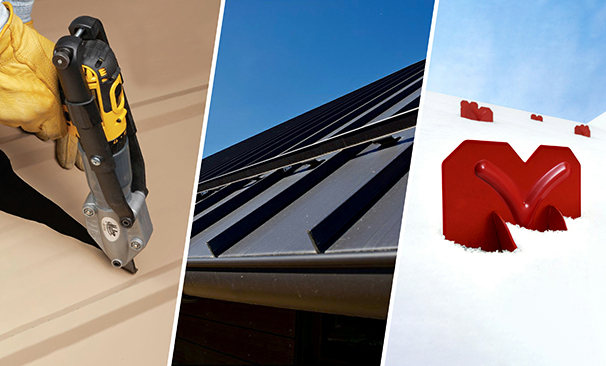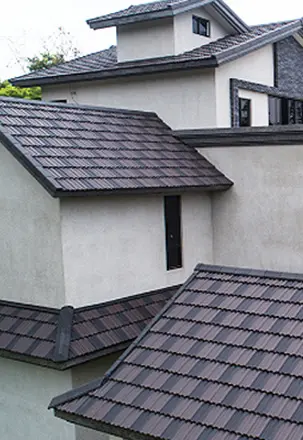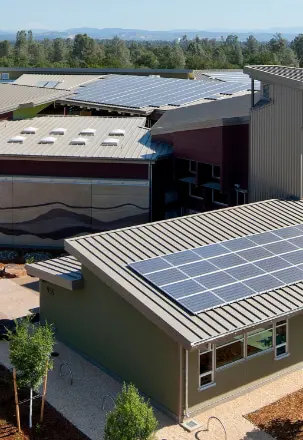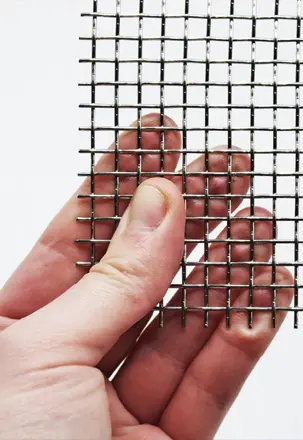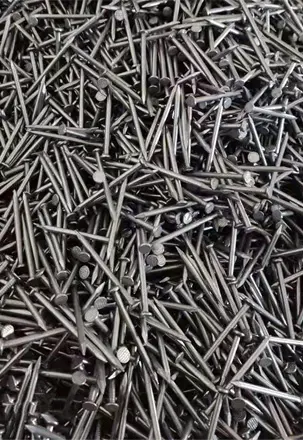Solar roof tiles, also known as solar shingles or solar slates, integrate seamlessly into the roof design while generating electricity. Here are the main types:
Monocrystalline Solar Tiles
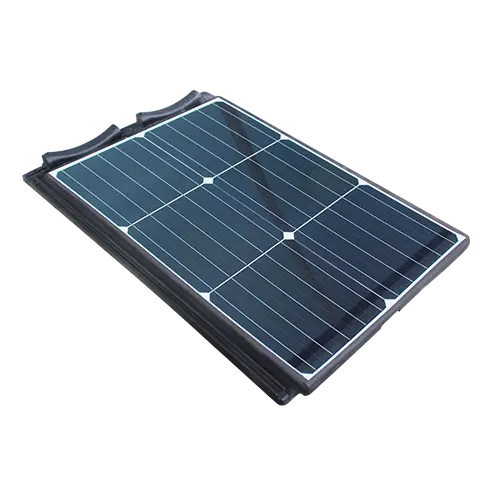
Features:
- Material: Made from high-purity silicon crystals.
- Efficiency: Typically the highest among solar tiles, ranging from 15-22%.
- Lifespan: Long-lasting, often with warranties of 25 years or more.
- Appearance: Sleek and uniform, usually black, providing a modern look.
- Cost: Higher due to the complex manufacturing process and material quality.
Advantages:
- High efficiency and performance.
- Long lifespan and reliability.
- Aesthetically pleasing and often indistinguishable from traditional roofing materials.
Disadvantages:
- Higher upfront cost.
- Performance can decrease in high temperatures.
Polycrystalline Solar Tiles

Features:
- Material: Made from silicon crystals that are melted together.
- Efficiency: Moderate, generally between 13-16%.
- Lifespan: Slightly shorter than monocrystalline but still robust.
- Appearance: Typically blue with a fragmented look due to multiple crystals.
- Cost: More affordable than monocrystalline tiles.
Advantages:
- Lower cost compared to monocrystalline.
- Good efficiency for the price.
- Easier manufacturing process.
Disadvantages:
- Lower efficiency and performance in high temperatures.
- Slightly less aesthetically pleasing due to the blue color and crystal structure.
Thin-Film Solar Tiles
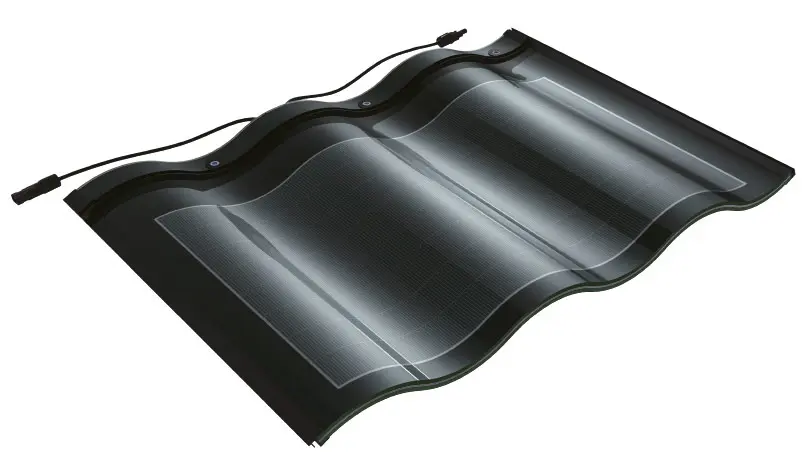
Features:
- Material: Made from thin layers of photovoltaic materials like cadmium telluride (CdTe) or amorphous silicon.
- Efficiency: Lower, generally around 10-12%.
- Lifespan: Can be shorter than crystalline options but still substantial.
- Appearance: Lightweight and flexible, can be made to look like traditional roofing materials.
- Cost: Generally lower and easier to install.
Advantages:
- Lightweight and flexible, suitable for various surfaces.
- Lower cost and easier installation.
- Better performance in low-light conditions.
Disadvantages:
- Lower efficiency and typically shorter lifespan.
- Can require more surface area to produce the same amount of energy as crystalline options.
Building-Integrated Photovoltaic (BIPV) Tiles

Features:
- Material: Can be made from various photovoltaic materials, including monocrystalline, polycrystalline, or thin-film.
- Efficiency: Varies based on the photovoltaic material used.
- Lifespan: Comparable to traditional roofing materials and photovoltaic cells.
- Appearance: Designed to blend seamlessly with traditional roofing materials.
- Cost: Higher due to their dual functionality and integration with building structures.
Advantages:
- Dual functionality: acts as both a roofing material and a solar energy generator.
- Aesthetic integration with the building’s design.
- Can increase property value and appeal.
Disadvantages:
- Higher initial cost.
- Installation can be more complex and may require specialized contractors.
Hybrid Solar Tiles
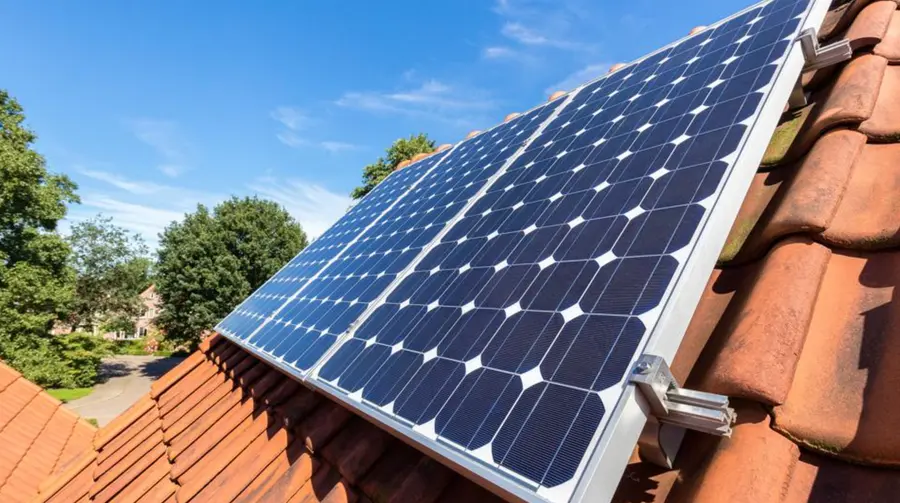
Features:
- Material: Combines photovoltaic cells with solar thermal technology.
- Efficiency: Can vary; generally more efficient overall due to dual energy generation.
- Lifespan: Long-lasting due to robust design.
- Appearance: Designed to look like conventional roofing materials.
- Cost: Typically higher due to the combined technology.
Advantages:
- Generate both electricity and hot water, improving overall energy efficiency.
- Can reduce overall energy costs significantly.
- Suitable for maximizing roof space utilization.
Disadvantages:
- Higher cost due to the complexity of the technology.
- Installation can be more complex and might require specialized skills.
When choosing solar roof tiles, consider factors like budget, energy needs, roof structure, and aesthetic preferences to determine the best type for your situation.
Want to learn more about solar roof tiles? Contact us anytime!


